By: Dr. Kaviraj Khialani- Celebrity Master Chef
INTRODUCTION – Onion seeds, known scientifically as Allium cepa, are the seeds of the onion plant. These seeds are typically black, small, and tear-shaped. Onions are a biennial crop but are usually grown as annuals. The process involves planting the seeds, which germinate and grow into plants that eventually form bulbs.
The bulbs are the part of the onion that is most commonly eaten, although the leaves and flowers are also edible. Onion seeds require a well-drained soil, a good amount of sunlight, and a cool to moderate climate for optimal growth.
They are sown either directly in the field or started indoors in trays to be transplanted later. Onion seeds are not only used for growing onions but also have culinary uses, especially Nigella sativa seeds, which are often called black onion seeds, black cumin, or kalonji, though they are from a different plant.
ORIGIN – The origin of onion (Allium cepa) cultivation can be traced back thousands of years, with its wild ancestor likely coming from central Asia. Onions were one of the earliest cultivated crops because they were less perishable than other foods of the time, could be transported with ease, and could be grown in a variety of soils and climates.
Historical records suggest that onions were used in ancient civilizations, including Egypt, Greece, and Rome, not only as a food item but also for medicinal and ceremonial purposes. Today, onions are a global crop, grown in many countries for their bulbs, which are a key ingredient in many cuisines.
The seeds used for growing onions are harvested from the onion plant after it flowers and produces seed heads. The process of selecting and breeding onions over millennia has led to a wide variety of onion types, each adapted to different growing conditions and culinary uses.
HEALTH BENEFITS OF ONION SEEDS:
It seems there might be a mix-up in terms. Often, when people refer to “onion seeds” in the context of health benefits, they are actually talking about Nigella sativa seeds, commonly known as black cumin or kalonji.
Antioxidant Effects : Nigella sativa seeds contain antioxidants, which help protect the body from damage by harmful free radicals.
Anti-inflammatory Properties: The seeds have been shown to reduce inflammation, which can help manage conditions associated with chronic inflammation.
Heart Health: Consuming Nigella sativa seeds or oil may have beneficial effects on heart health, including lowering levels of bad LDL cholesterol and blood pressure.
Blood Sugar Regulation: Some studies suggest that Nigella sativa can help regulate blood sugar levels, making it potentially beneficial for people with diabetes.
Cancer Protection: Compounds in Nigella sativa, particularly thymoquinone, have been studied for their potential to fight cancer cells, though more research is needed to fully understand this effect.
Antibacterial and Antifungal Properties: Nigella sativa seeds have been shown to possess antibacterial and antifungal properties, making them useful in combating infections.
Respiratory Health: The seeds have been used traditionally to treat asthma and other respiratory conditions, possibly due to their anti- inflammatory and antimicrobial effects.
Immune System Support: Regular consumption of Nigella sativa can help boost the immune system, potentially making the body more resistant to various illnesses.
USES OF ONION SEEDS IN KITCHEN
Bread and Pastries: Nigella sativa seeds are often sprinkled on top of breads and pastries before baking, giving them a distinctive appearance and a slightly nutty, onion-like flavor. They are particularly common in Middle Eastern and South Asian cuisines.
Pickles and Preserves: The seeds are added to pickles and preserves as a flavoring agent. Their slightly bitter and peppery taste adds complexity to the flavors.
Curries and Stews: In Indian and Middle Eastern cooking, Nigella sativa seeds are used as a spice in curries, stews, and vegetable dishes. They are usually fried in oil at the beginning of the cooking process to release their flavors.
Salads and Salad Dressings: The seeds can be sprinkled over salads or incorporated into salad dressings for an added flavor dimension.
Cheese and Dairy Products: In some cultures, Nigella sativa seeds are mixed into cheeses or sprinkled on top of dairy spreads.
Rice Dishes: The seeds are sometimes added to rice dishes, including pilafs and biryanis, to impart their unique flavor.
Vegetable Dishes: They can be used to season vegetables before roasting or sautéing, enhancing the natural flavors of the vegetables. Teas and Infusions: Nigella sativa seeds can be brewed into teas or infused into oils and vinegars, creating flavorful concoctions that can be used in various culinary applications.
Seasoning Blends: The seeds are a component of some spice blends, such as Panch Phoron, a blend used in Bengali cuisine, and can be ground into powders for use in seasoning mixes.
RECIPE USING ONION SEEDS
1) Nigella Seed Naan Bread
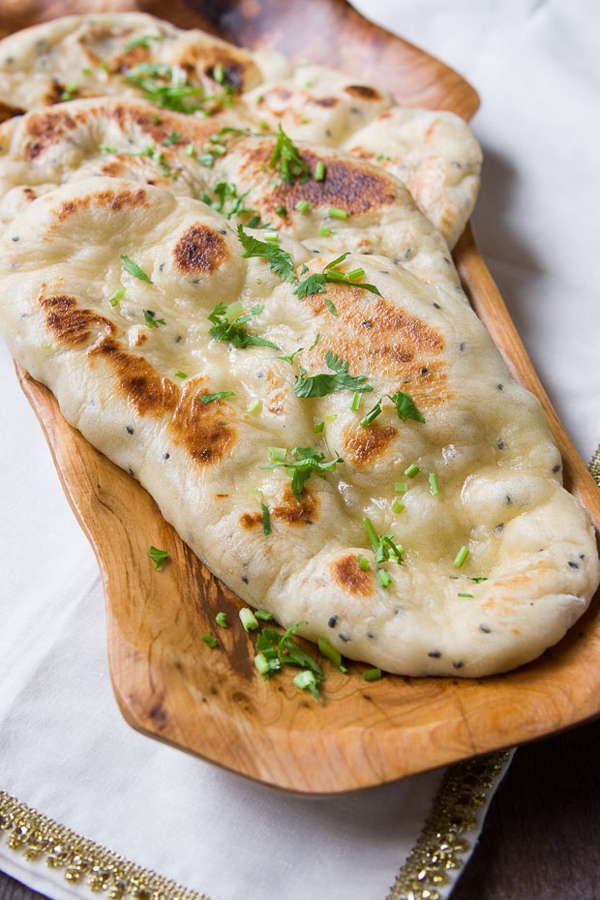
Ingredients:
- 2 cups all-purpose flour
- 1 tsp sugar
- 1/2 tsp salt
- 1 tsp baking powder
- 1 tbsp yogurt
- 2 tbsp milk
- 2 tbsp oil
- 1/2 cup warm water
- 1 tbsp Nigella seeds
Instructions:
- Mix flour, sugar, salt, and baking powder in a bowl.
- Add yogurt, milk, and oil, mixing to form a soft dough.
- Gradually add warm water as needed to knead into a smooth dough.
- Cover and let it rest for an hour.
- Divide the dough into balls and roll each into a flat, oval shape.
- Sprinkle Nigella sativa seeds on top and press them gently into the dough.
- Cook on a preheated skillet until bubbles form, then flip and cook until both sides are golden.
- Serve warm with curry or dips.
2) Spiced Potato Wedges
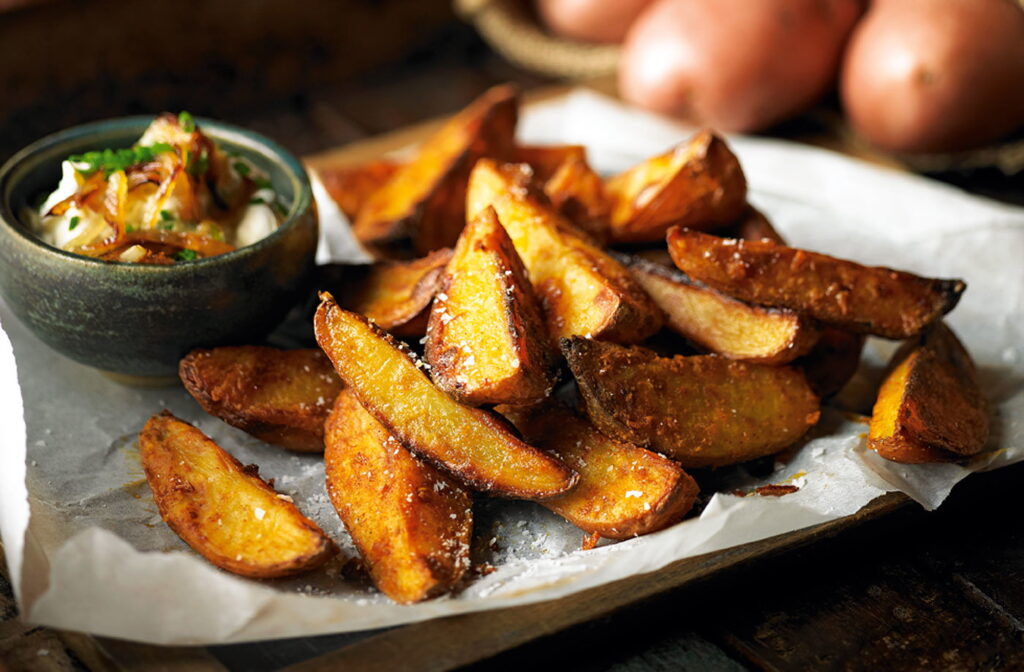
Ingredients:
- 4 large potatoes, cut into wedges
- 2 tbsp olive oil
- 1 tsp Nigella sativa seeds
- 1 tsp ground cumin
- 1 tsp paprika
- Salt and pepper to taste
Instructions:
- Preheat your oven to 400°F (200°C).
- Toss potato wedges with olive oil, Nigella sativa seeds, cumin, paprika, salt, and pepper.
- Spread on a baking sheet in a single layer.
- Bake for 25-30 minutes, turning halfway through, until golden and crisp.
- Serve hot as a snack or side dish.
3) Tomato and Nigella Seed Chutney
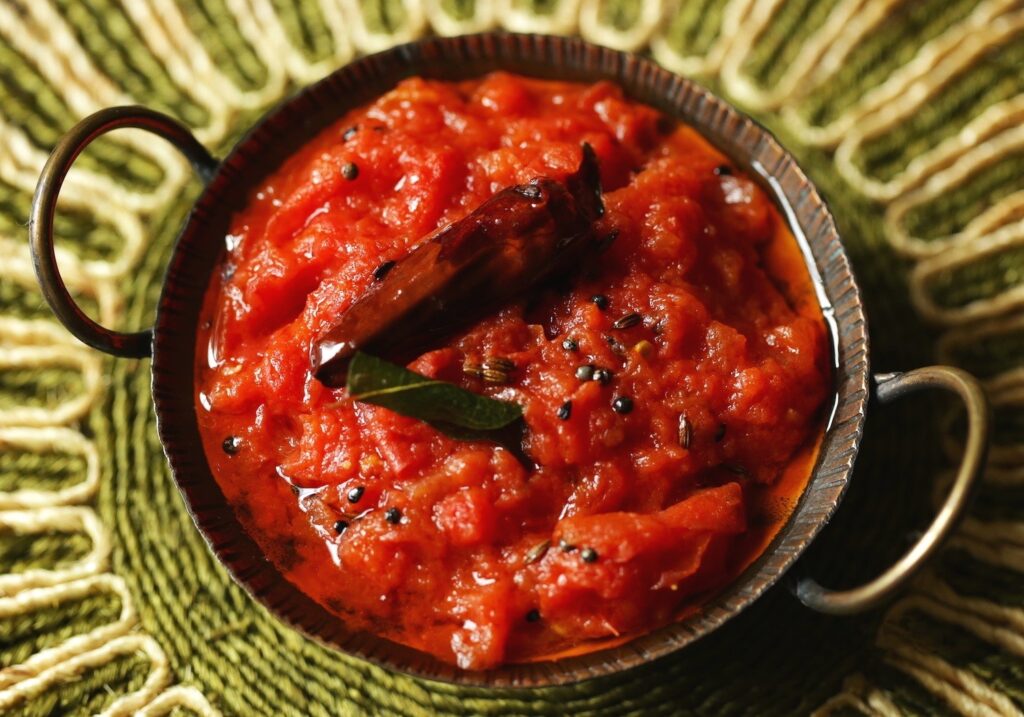
Ingredients:
- 1 cup tomatoes, chopped
- 1 small onion, finely chopped
- 2 cloves garlic, minced
- 2 tbsp vegetable oil
- 1 tsp Nigella sativa seeds
- 1 tsp mustard seeds
- 2 tbsp sugar
- 1/4 cup vinegar
- Salt to taste
Instructions:
- Heat oil in a pan, add Nigella sativa and mustard seeds. Wait until they pop.
- Add onions and garlic, sauté until soft.
- Add tomatoes, sugar, vinegar, and salt. Cook until thickened.
- Cool and store in sterilized jars. Serve with bread or cheese.
4) Bengali Panch Phoron Chicken
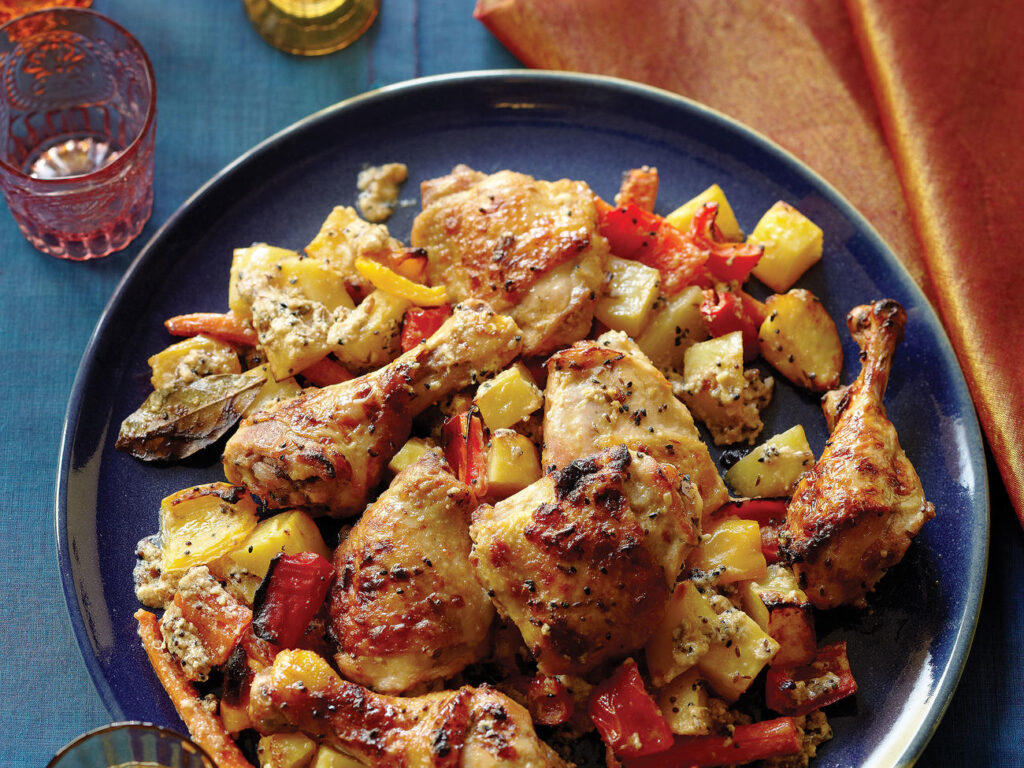
Ingredients:
- 2 cups chicken pieces
- 2 tbsp mustard oil
- 1 tbsp Panch Phoron (Bengali five-spice blend including Nigella sativa seeds)
- 1 onion, sliced
- 2 tomatoes, chopped
- 1 tsp turmeric powder
- 1 tsp chili powder
- Salt to taste
- 1/2 cup water
Instructions:
- Heat mustard oil in a pan. Add Panch Phoron until it sizzles.
- Add onions, cook until golden. Add chicken, turmeric, chili, and salt. Fry for a few minutes.
- Add tomatoes and water, cover, and simmer until chicken is cooked.
- Serve with rice or naan.
5) Nigella Seed Rice Pilaf
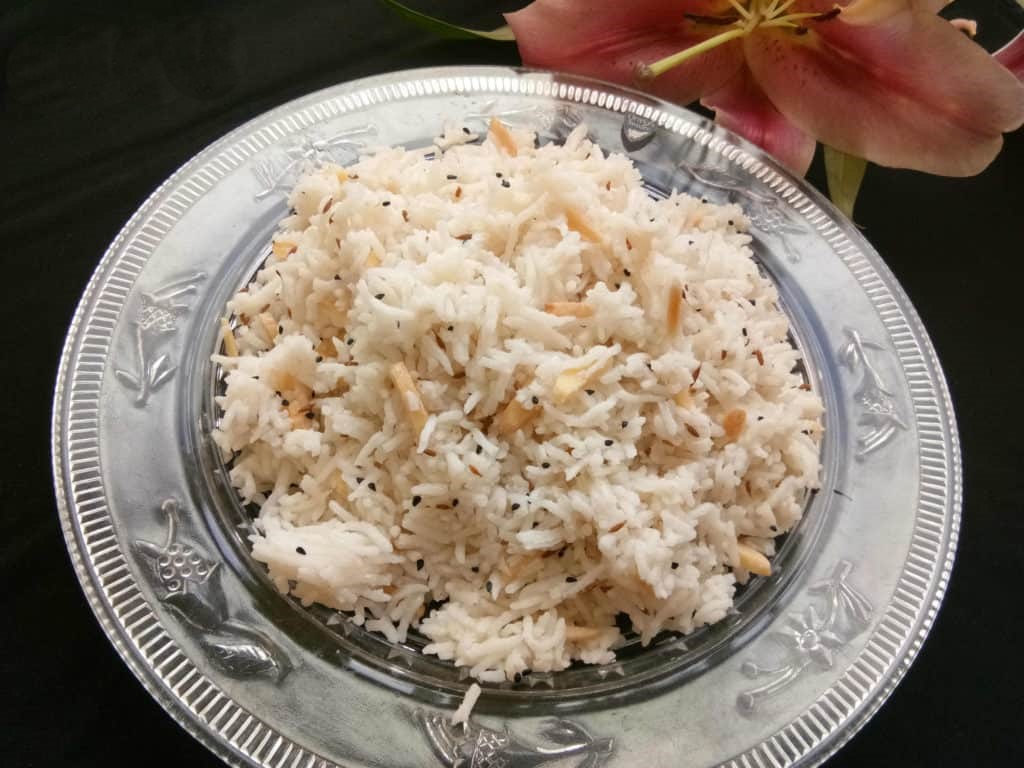
Ingredients:
- 1 cup basmati rice
- 2 tbsp ghee or butter
- 1 tsp Nigella sativa seeds
- 1 cinnamon stick
- 2 cardamom pods
- 2 cups water
- Salt to taste
Instructions:
- Wash and soak rice for 20 minutes. Drain.
- Heat ghee in a pot. Add Nigella sativa seeds, cinnamon, and cardamom. Sauté for a minute.
- Add rice and salt, stir to coat with ghee.
- Add water, bring to a boil, then cover and simmer until water is absorbed and rice is tender.
- Fluff with a fork and serve as a side dish.
6) Cucumber and Nigella Seed Salad
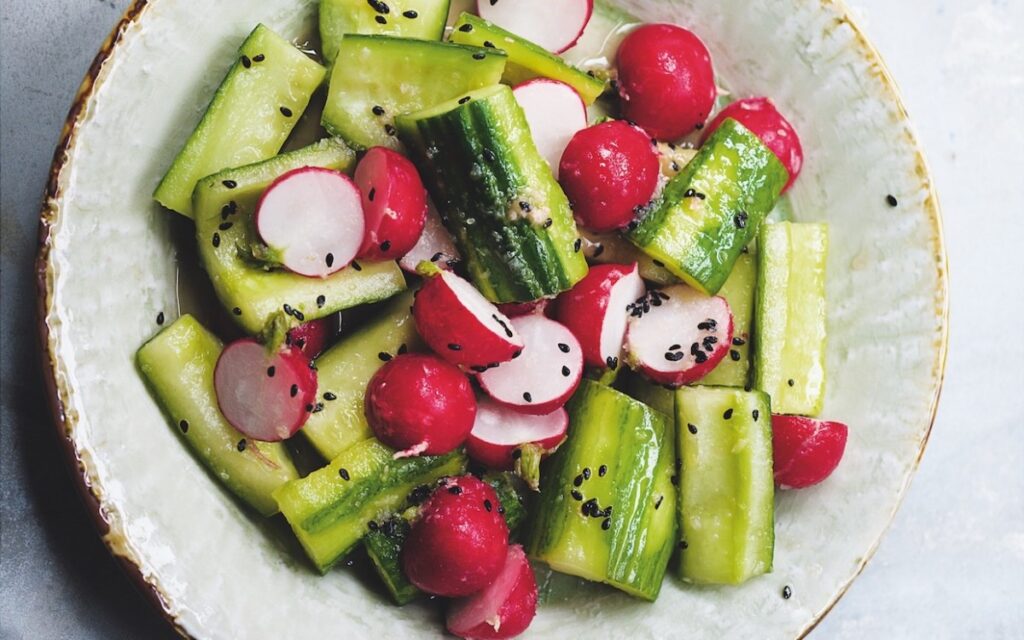
Ingredients:
- 2 cucumbers, thinly sliced
- 1/2 red onion, thinly sliced
- 2 tbsp olive oil
- 1 tbsp vinegar
- 1 tsp Nigella sativa seeds
- Salt and pepper to taste
Instructions:
- Combine cucumbers and onion in a bowl.
- Whisk together olive oil, vinegar, Nigella sativa seeds, salt, and pepper.
- Pour dressing over cucumbers and onions, toss to coat.
- Chill before serving as a refreshing side salad.
CONCLUSION
Nigella sativa seeds are a testament to the rich tapestry of global cuisine, demonstrating how a single ingredient can transcend cultural boundaries to become a staple in kitchens worldwide.
Whether used as a spice, a health supplement, or a decorative topping, these seeds continue to be celebrated for their unique flavor and healthful properties, securing their place in both culinary and medicinal contexts.



